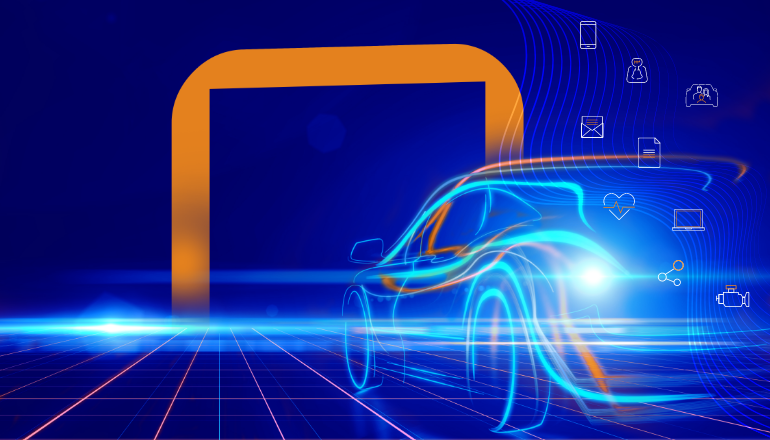SOA: The Game Changer in Automotive SW Development
September 5, 2023
Gregory Fruman
Customer Tech. Solution Manager

There are three players (among the hundreds involved in creating a vehicle) that play a crucial part in the design and development of the software-defined vehicle - the Software Architect, the Software Developer, and the App Developer.
The SW Architect (or several) designs the overall architecture of the vehicle, laying out the structure of the different hardware/software components and systems the vehicle needs. This architecture is provided to the SW Developers who work for an OEM or Tier 1 Supplier and build the car’s operational software. Finally, App Developers create applications available to drivers for download or background apps running for vehicle functionality. As cars become more like smartphones, drivers are expecting new features available for download at their fingertips and even an “app store” where they can simply download and run the desired app.
To truly maximize the software-defined vehicle, the SW architects and app developers need flexibility and platforms that can be upgraded anywhere in the world, using Over-the-Air (OTA) updates. However, with the current development cycle, they face many significant challenges.
SW Architects Need Flexibility and Visibility
Currently, when an OEM develops or purchases an ECU or other hardware system for the vehicle, the software comes coupled to the hardware for the specific use for which it was designed. This prevents the flexibility to make changes or updates post-production. SW architects have to design the E/E architecture based on current (or near future) needs with a clear indication as to how each piece of software will interact with its corresponding hardware as well as all other hardware in the vehicle. This means that any future upgrades in response to emerging needs would have to go through a long and complicated testing and integration process, resulting in a very long time-to-market.
The SDVs of the future are meant to be agile, able to quickly adapt to new trends, and welcome new features and apps based on customer demands and requests. Automotive SOA can provide SW architects with the flexibility and visibility needed to respond quickly and release updates and/or new products to market much more efficiently.
SW Developers are Shackled by Rigid Limitations.png?width=487&height=274&name=Secure%20SOA%20Framework%20(1).png)
Like the Software Architects, the Software Developers are also limited by the monolithic software code and coupled functionality. There is little to no opportunity for integrating SWCs, apps, and services and what opportunities there are require time-intensive work. With each new component requiring lengthy and complex testing, resources are wasted and the development process is painstakingly tedious and long.
To create programs aligned with the new definition of automotive software development, developers need the freedom and flexibility to develop and test products independently of other applications and hardware. A more streamlined process would result in a faster time to market and the ability to quickly respond to changing market demands.
Unlocking Creativity for App Developers
The sky is the limit when it comes to automotive apps - especially those developed to enhance the driving experience. But the current reality requires production lines to have many software versions for different car models and most post-production changes must be made in person at certified locations - a hassle for the car owner.
If the software was fully decoupled from the hardware, app developers could create any software to be provided through a secure app store. They could create an unending number of innovative solutions available to drivers with the click of a button.
If vehicles could receive automatic OTA updates securely, OEMs and aftermarket providers would benefit greatly from new revenue streams and drivers would benefit from an enhanced driving experience.
How Does Hardware Play into the Story?
The move to Zonal Architecture solves many of the challenges described above in vehicle development. But the consolidation of hardware inherent in Zonal Architecture creates new challenges as well. Next-gen, or Zonal, Architecture requires data to pass through several hops to get to its final destination as the direct wiring between all components is now absent, resulting in end-to-end latencies that add up and can exceed the system’s limits leading to low throughput.
This means that decoupling hardware from software is not enough on its own. It is also necessary to design the hardware infrastructure to support evolving software needs.
Fortunately, with the CommEngine™ single-chip solution , GuardKnox can solve this challenge as well.
Adjusting to the Changing Automotive Landscape
It has been an ongoing challenge for the automotive industry to keep up with the fast-changing demands of today’s drivers. With the right support, automakers can exceed demands with a software-defined vehicle.
GuardKnox’s Secure SOA Framework provides architects and developers the flexibility needed to create software components that will power the cars of the future. They can reduce time-to-market and create new revenue streams - a true win-win for all involved.






